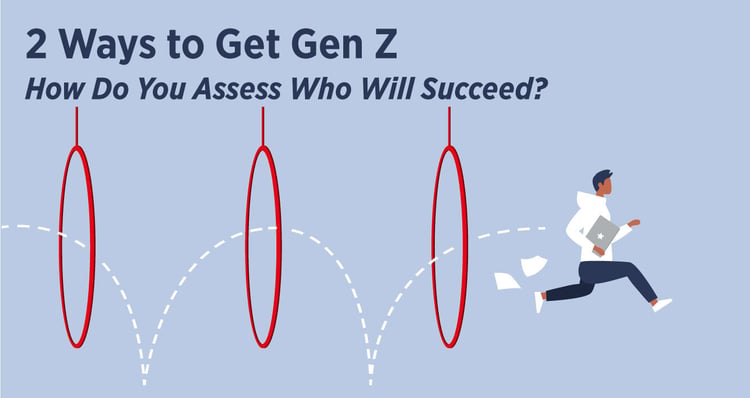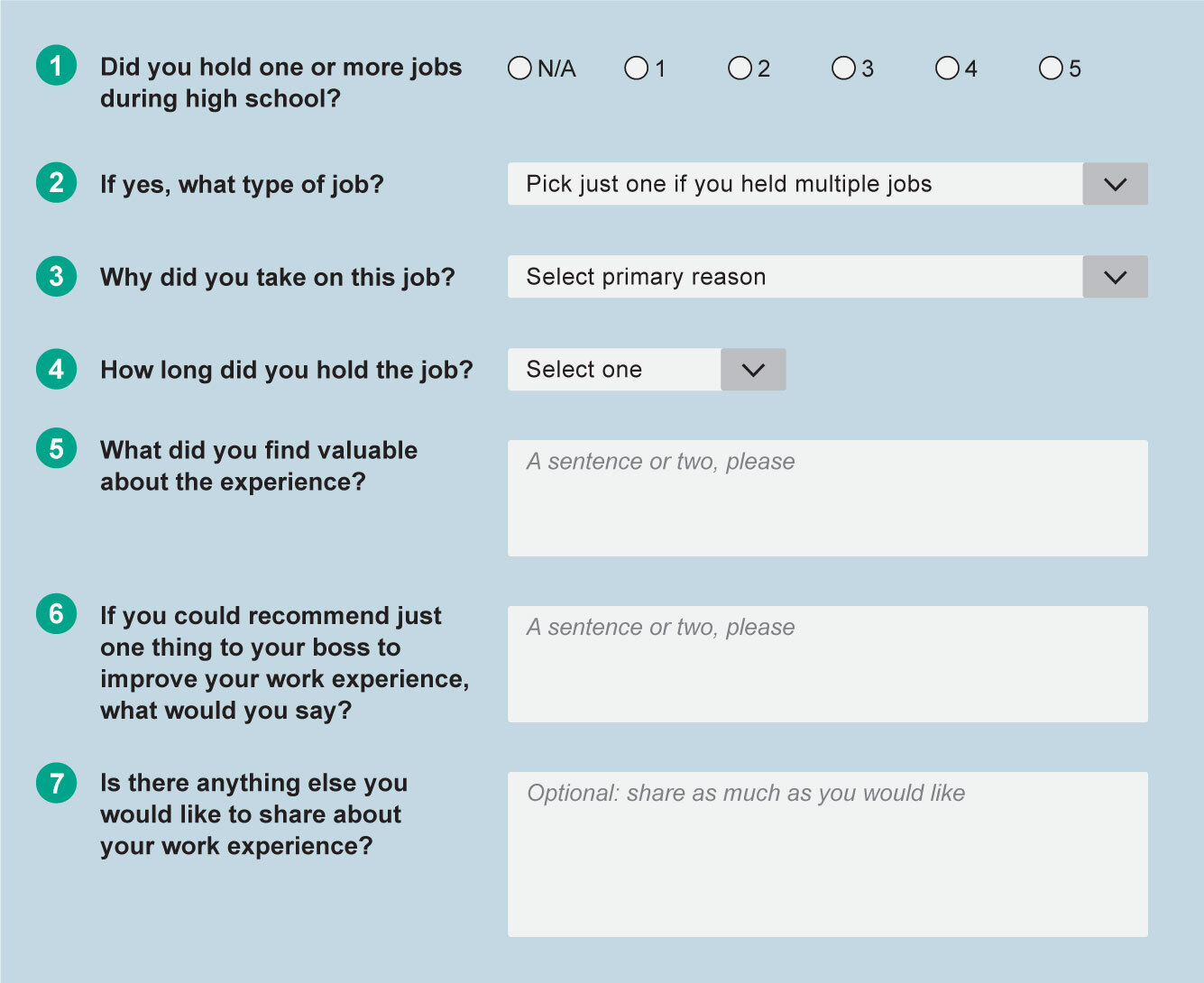
It is wonderful to see a number of institutions touting strong, even incredible, increases in applications for their fall 2021 enrollment. And then the crowing over the record number of students actually enrolling. These successes are fabulous, for sure.
Yet, NCES data just released, with about 50% of all institutions reporting, shows the broader, less rosy picture. Most institutions saw average enrollment declines of around 3% (or worse) in various student segments.
Those few who are cheering, and the larger number of enrollment managers furrowing their brows, are evaluating all of this in the context of what happened in fall 2020 when so many institutions saw frightening and dramatic declines. Bigger than the enrollment blips that 2020 and 2021 represent is, of course, the enrollment cliff predicted for 2025/2026. How are institutions preparing for the challenges ahead?
We’ve seen an increasing number of institutions re-evaluating the game plan and getting very concerned about whether or not they appeal to Gen Z. It is a valid question. An important question. And here’s the thing: marketing agencies everywhere are making the most of that question in ways that can be highly misleading – the level of exaggeration coming from the marketing world prompts a bit of an eyeroll.
Sure, the decision-making process has differences today, but honestly, it is more the same than it is different. Not saying institutions seeking to attract and enroll students don’t need to adjust. They do.
Note: We recently presented an AIRC-hosted webinar alongside Technion Israel Institute of Technology talking about digital marketing and Gen Z that is now available to subscribers to our Intead Plus library.
Read on for insights on two important avenues for getting Gen Z to think more seriously about your institution. And join us at the AIRC conference in Miami in December 2021, where there will be plenty of talk on this topic.
A key idea: re-evaluate the hoops you make applicants jump through.
Gotta Get Gen Z
For enrollment growth, 2 ways to get Gen Z:
- Adjust your attraction campaign to speak to them in ways that engage and nurture
- Adjust your admissions process to welcome them in (reduce the hoop jumping)
If you want to improve enrollment results (actual conversions), pay attention to:
1. Enrollment Marketing: Every audience has its unique qualities in every market. Recognize the context of what is going on around them.
Your marketing team (internal or contracted) needs to be in touch with the market and get truly creative about expressing your institution’s position vis-à-vis other options prospective students perceive. Those options are not always other institutions. Consider how COVID prompted students to simply sit out 2020 and not go to university. Sitting this one out is a competitive option.
To get your institution noticed and engage prospects you’ll need highly relevant, Gen Z-like content. Our blog posts from a year ago (here and here) speak to our approach to that engagement, as does our webinar from earlier this month. There is plenty to talk about and we’re available if you want to chat.
New-ish Considerations for reaching Gen Z
Gen Z has a different take on a number of things important to your messaging and the accessibility of your information. Consider:
- Does your digital user experience meet their impatient expectations?
- Do you address ROI on tuition (aka how you provide a career-focused education)?
- Do you address social issues and global environment concerns?
- Do you address student support with a clear emphasis on mental health concerns?
Not New and Still True
And there are important basic elements of university selection that have not changed:
- Do you have their academic interest (STEM anyone)?
- Are you strong in that area?
- Will you help them get a job?
- Will they have a fun social life (find their kind of people/make friends)?
- Do you make it easy to get their questions answered?
- How much will it cost? (amazing how many institutions bury or obfuscate this very basic and essential decision-making information)
2. Admissions Processes: What we want is some level of confirmation that an applicant has what it takes to succeed. Making applicants perform stunts from the show Ninja Warrior is not the path forward. Yet, we do want to see some demonstrated intent, right?
Almost the entire list of NCES degree granting institutions in the US can benefit from a little self-reflection on how they are helping the next generation of university students succeed. Once you’ve adjusted your marketing messaging and the dissemination channels to reach Gen Z prospective students, it’s all about leading them toward conversion – from the decision to apply to the decision to accept your admit letter instead of someone else’s (or other competitive options).
There is what happens at the top 3.8% of all US institutions and then there is what happens at the other 96.2%. This post is focused on the 96.2%, because, really, the 3.8% are going to be just fine if they can simply maintain internal alignment between administration and faculty (not so simple, we know).
The common app has been undermining your admissions department and your ability to predict enrollment for years. We do give props to the folks developing the common app for being deliberate with the essay prompts they are offering to students. With the optional COVID-19 question, there are opportunities for students to talk about their life experience.
Yet, if you want to adjust to win with the coming 2025 enrollment cliff, set your applicants up for success. Help them demonstrate their interests, their capabilities, their stamina in new ways:
- Reconsider standardized testing (ditch the tests)
- Reconsider how you assess student experience (so much more than extracurriculars indicate stamina, leadership, and determination)
- Offer a range of ways for students to demonstrate their desire for your institution:
- Offer the option of video response to prompts instead of written
- For written responses, provide a series of prompts to get at what you want to know.
And if these responses are not truly evaluated as part of admissions, please ditch them already.
The open-ended response could be replaced with questions and dropdown responses that get to the same information. Take the students through a step-by-step process for their submission to help them demonstrate their capacity and experience rather than pushing them to start with a blank page. (Have you heard them talk about the anxiety the essay creates and their fears of a blank page? If not, you are not listening).
What we are saying: provide the support many students need to talk about themselves effectively.
A simple example for first year, traditional undergraduates:

There are so many permutations of this example that can be applied to the topics your institution wants to explore with students who may be uncomfortable or unskilled at responding to open ended essay prompts. Set them up for success.
If you are saying, “Ugh, spoon feeding them is not the way.” We respond, “Right, we get it. And we suggest you revisit your overarching goals.”
How you determine intent and capacity needs to respect who your prospects are and their life experience. Hold out your hand and give them support. Get more of them into your institution and then help them succeed. Following the path of restrictive hoops that the highly selective (restrictive) institutions use (even when you modify and lower those hoops in your admissions process) is not going to get your institution through the 2025-2035 decade.
And when you consider the admissions process for non-traditional students or graduate students, what are you doing to offer credit for life/work experience? How hard is it for non-traditional and older students to get through your administrative processes and evaluations? They desperately want to reduce the time and money they will spend to gain an education at your institution. You want more Gen Z students? Get a handle on this aspect of enrolling them. Set them up for success. Remove the hoops.
Respect, and give credit generously for, these students' past work and life experience. Yes, we know your faculty will have your hide for all of this. Do it anyway.
The Bottom Line
It's about their needs, not yours.
Gen Z students want authentic, forward looking, mobile-next experiences. They want jobs that will get them ahead. They want opportunities to express what they care about (social causes and repairing the environment). They come with supreme confidence in themselves measured against a massive level of personal anxiety that they are very willing to talk about openly. And they want to feel fully supported because their life experiences have been full of real challenges.
They want to have more faith in the future. Investing in themselves by getting an education at your institution is a statement that they have that faith. But frankly, they are feeling a bit shaky about it right now.
Your marketing messaging and admissions process can make them feel seen as the caring and savvy individuals they are. Be welcoming as they express themselves in grammatically incorrect tweets, “inappropriate” TikTok videos, and, at times, other more traditional formats. Can you embrace them for what and who they are? Are you adapting the user experience to support them through your application process?
There are more barriers in place than you realize. Remove the barriers and watch word spread about how truly great your institution is.



